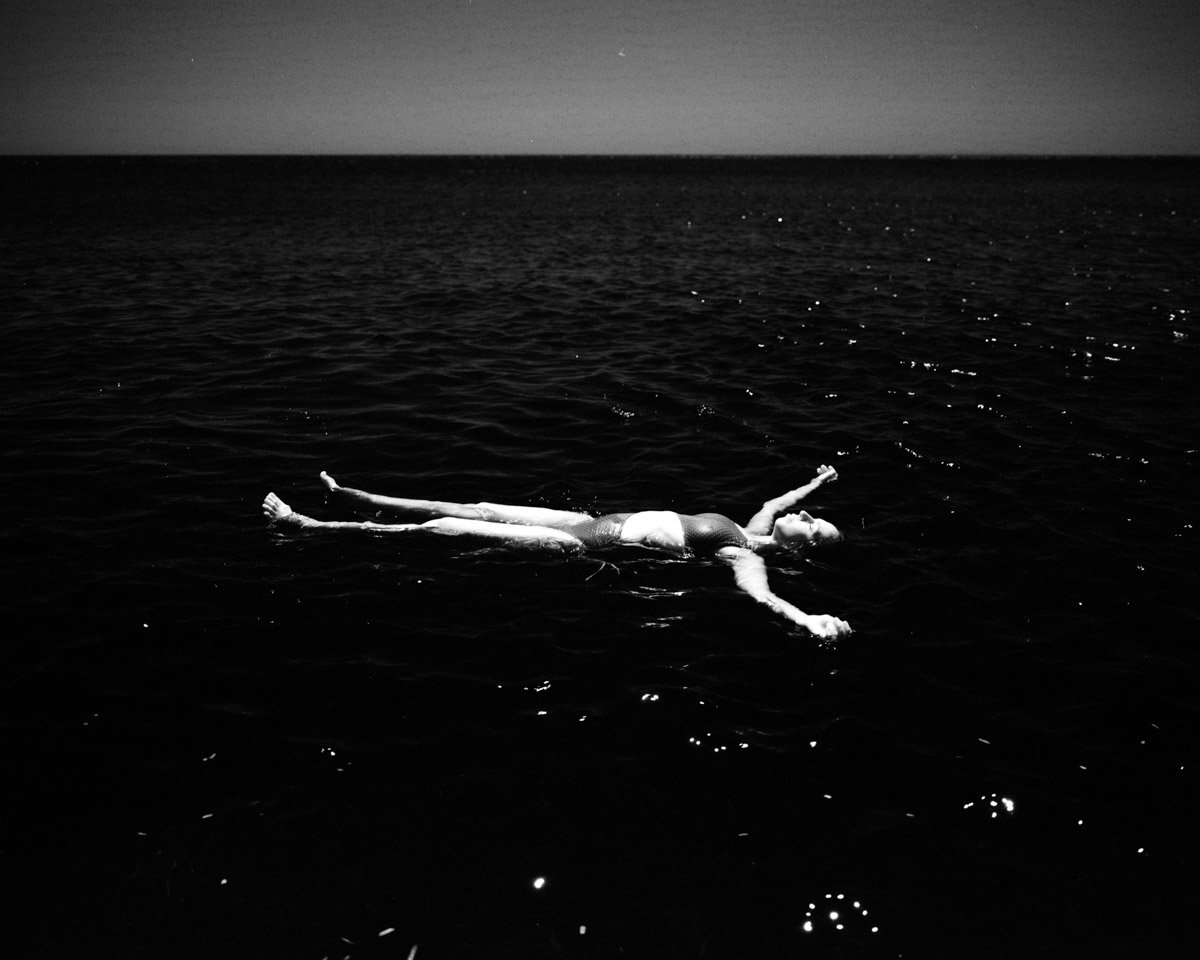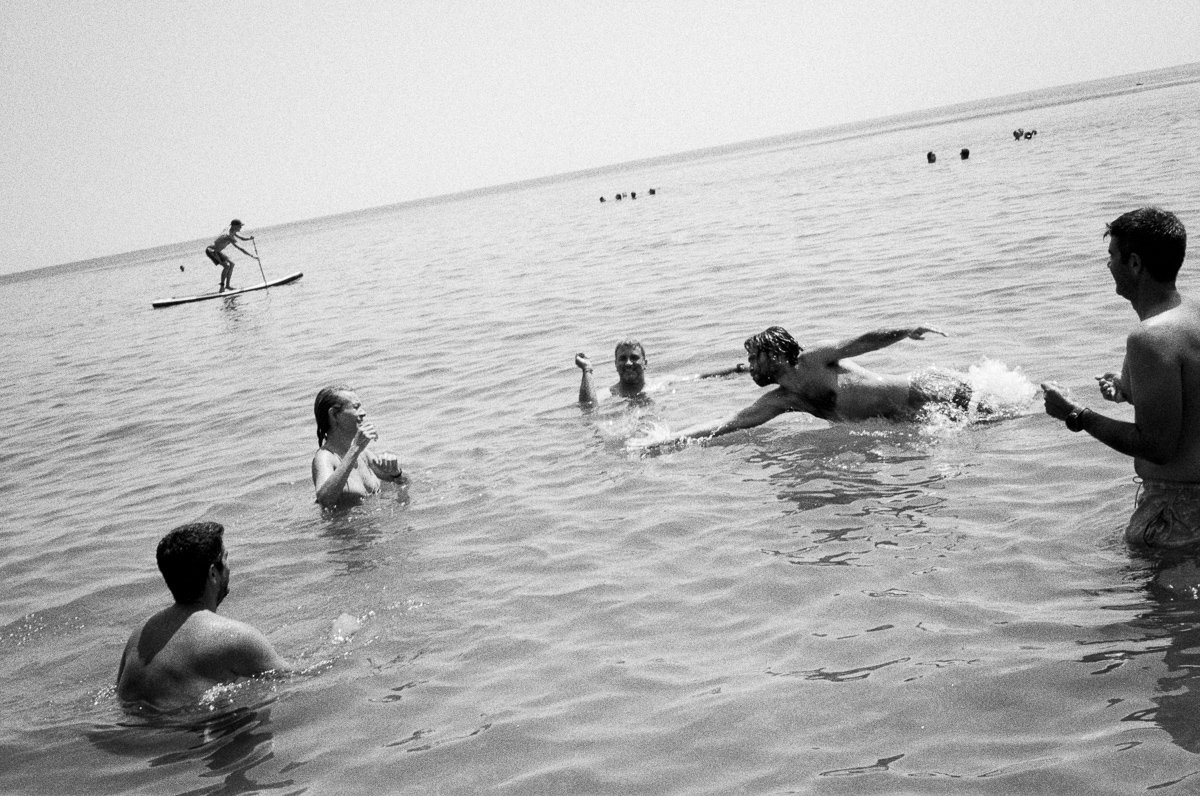speed graphic
...the easiest way of using barrel lenses, which are a godsend for large format portraits.
I sent my speed graphic to jo lommen in the netherlands for a shutter service... I have been trying to make a decent post about the speed graphic for a long time - I never managed it because I always wanted to take some good clean backstage photos of a shoot and I never did invest the time in it, since I much preferred trying to get a good photograph with the speed graphic, instead of getting a good photograph of it. so, I will have to make a post about my favourite large format camera using a picture of my previous speed graphic, the anniversary model, and hoping to update the post when my current pacemaker model comes back.
the lens fitted on the anniversary is the leitz hektor 150mm/f2.5, a projection lens meant to be used with the leitz pradovit medium format projectors. its image circle barely covers 4x5, but I like the vignetting and the really soft corners it produces. you could actually say that I choose to destroy all the potential of the large format film surface by using such a low resolution funky lens, and you would be right. however, it's the final image that matters, not its resolution or its sharpness. I consider technical perfection the most boring aspect of photography, if it can't capture atmosphere.
and boy, can it capture atmosphere... this camera/lens combination is ideal for open space full body portraits (it is considered wide-angle in large format, after all), which I tend to do a lot, always using horizontal framing (photojournalistic habits die hard)...
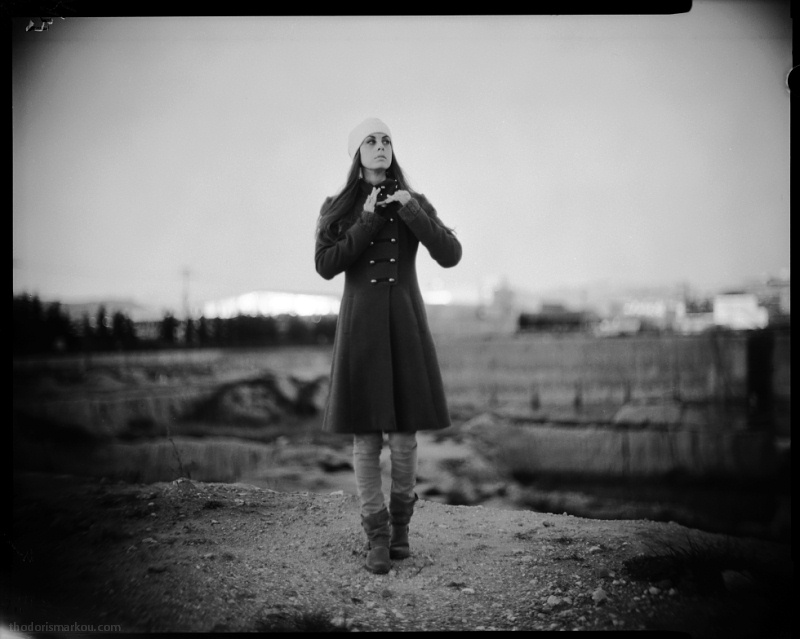
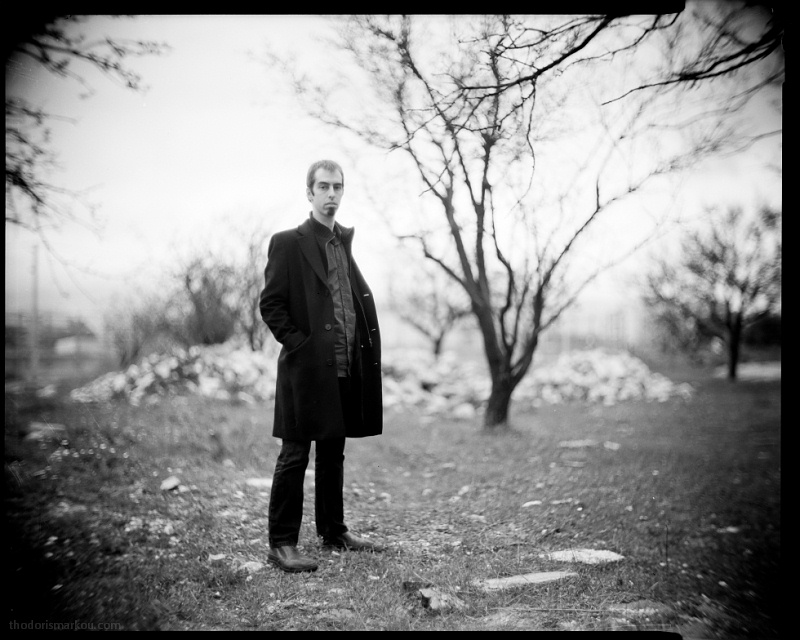
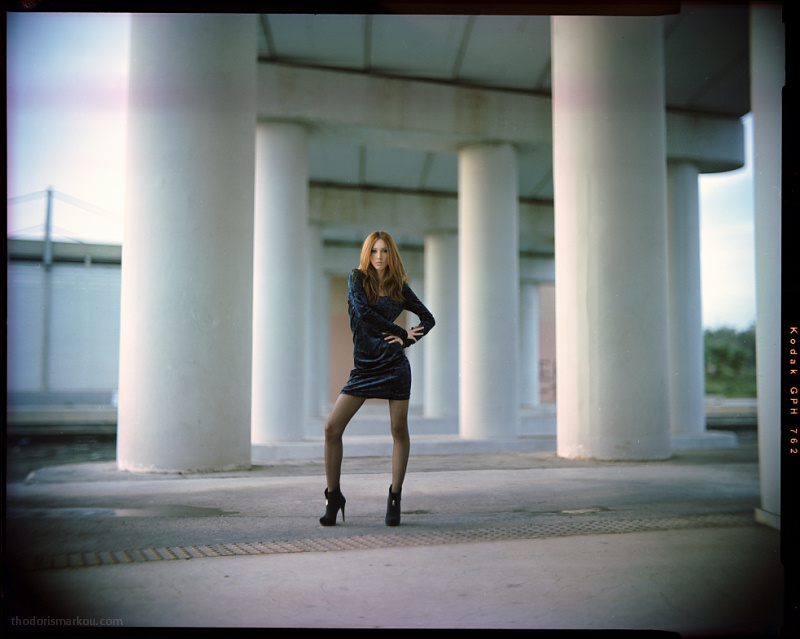
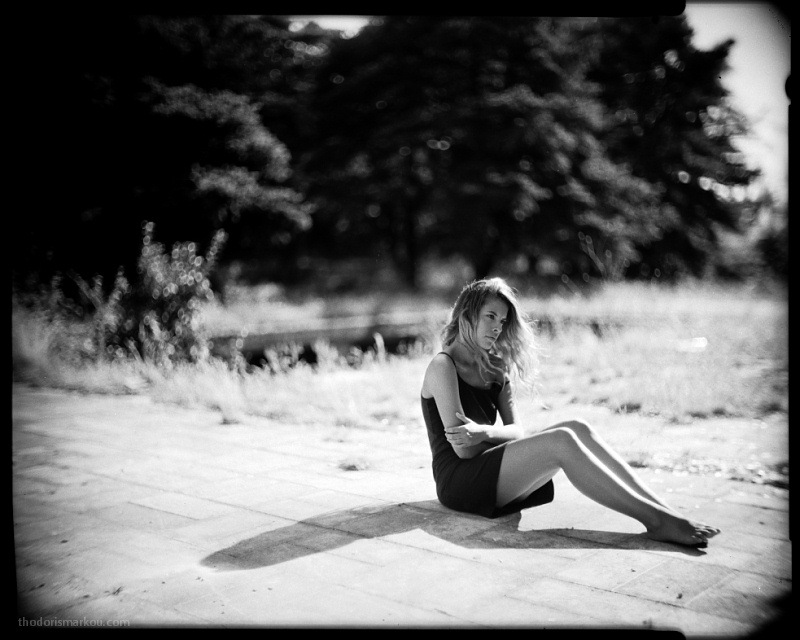
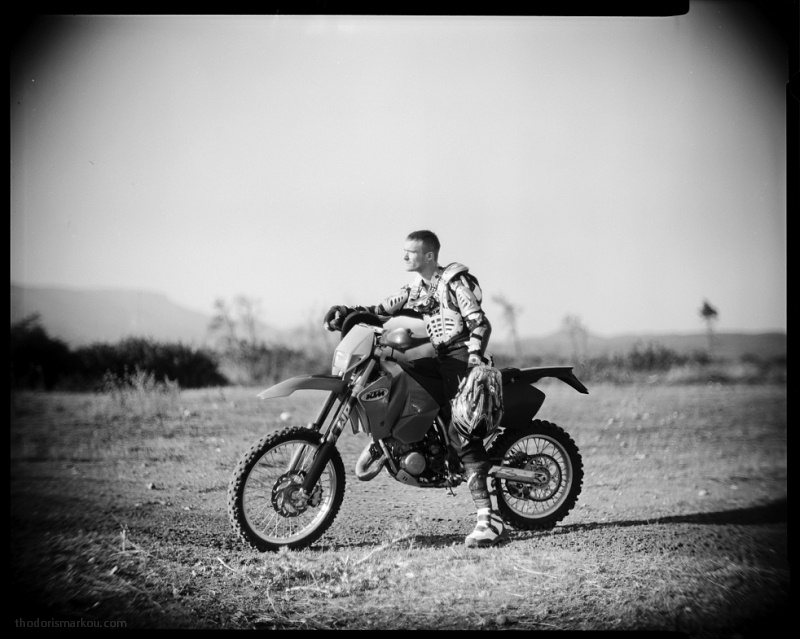
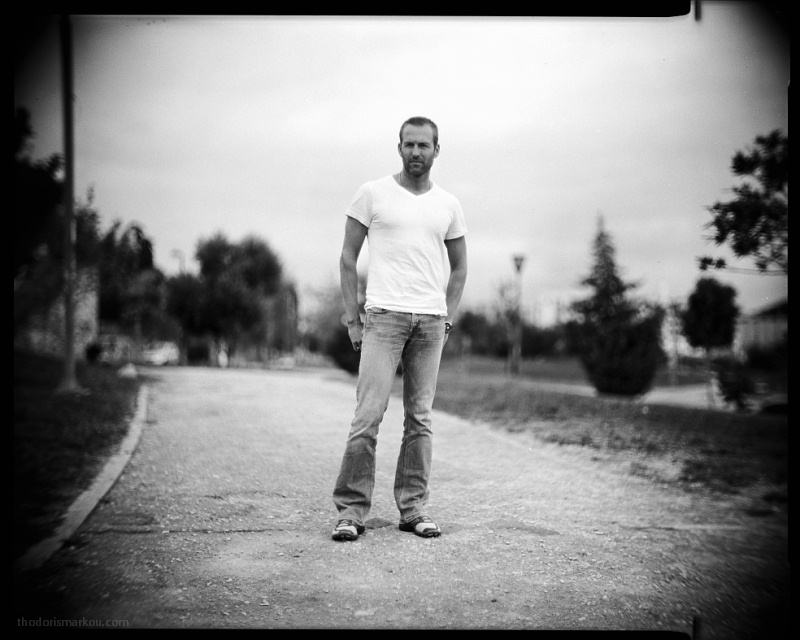
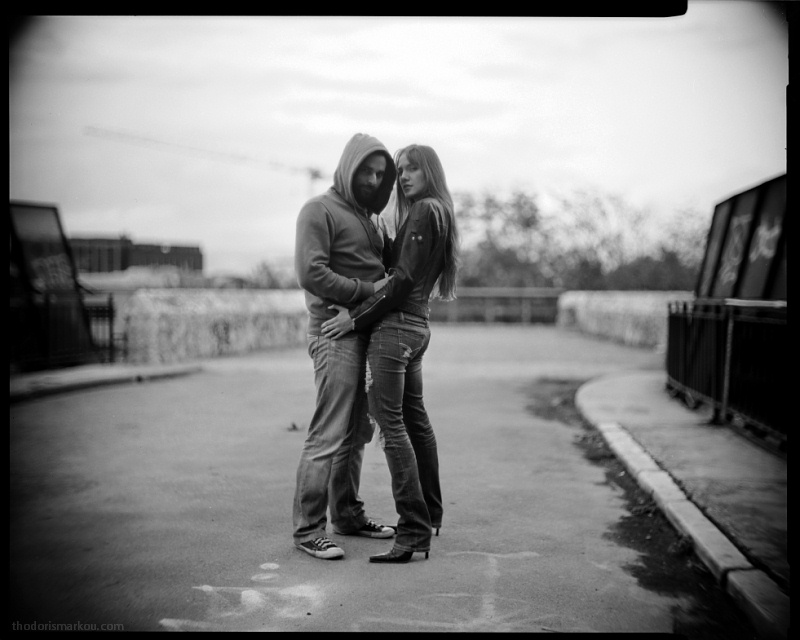
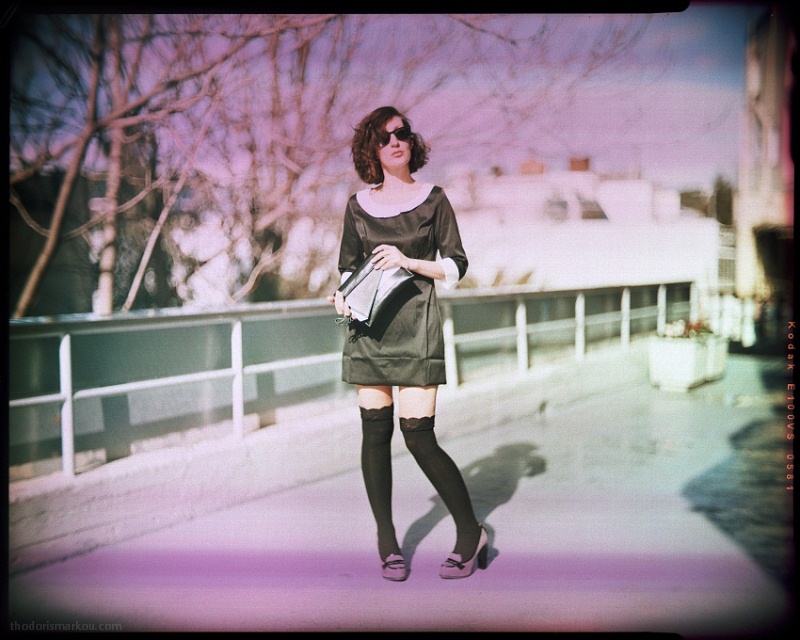
...it can also do tighter frames, where it still retains the vignetting/soft corners combo. it's easier to focus properly when moving closer because you get to see a bigger image of your subject - proper ground glass focusing needs a dark-cloth, a loupe and patience and I only have two out of three...
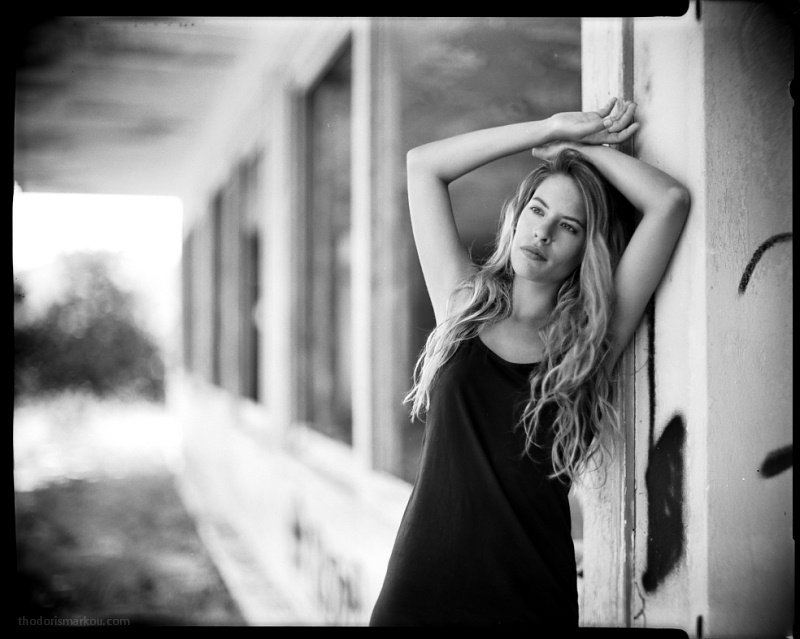
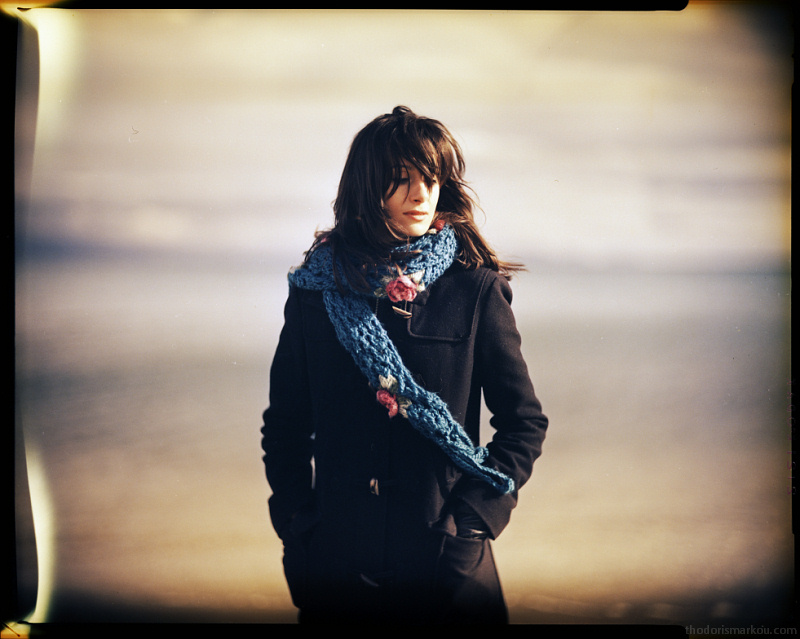
...and then you have other barrel lenses, then ones considered "short portrait lenses", in the >200mm range, losing a bit of light due to smaller apertures but gaining in sharpness and resolution. my most used ones are the leitz diaron 250mm/f4 and the industar-51 210mm/f4.5 (this one actually has a aperture diaphragm, as opposed to the leitz lenses which you can only use at their maximum aperture). they are both great performers for close-ups and, since they have a much bigger image circle than the hektor, you also lose the vignetting and the soft corners...
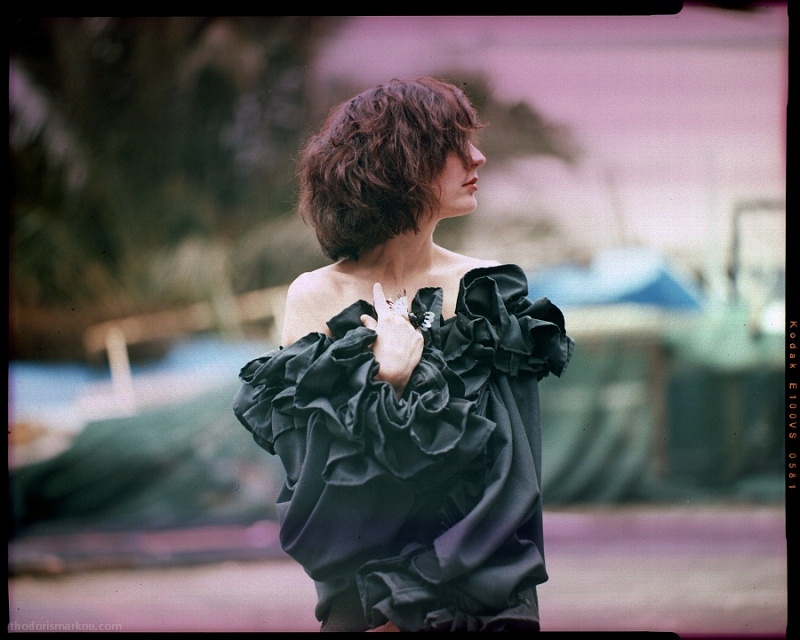
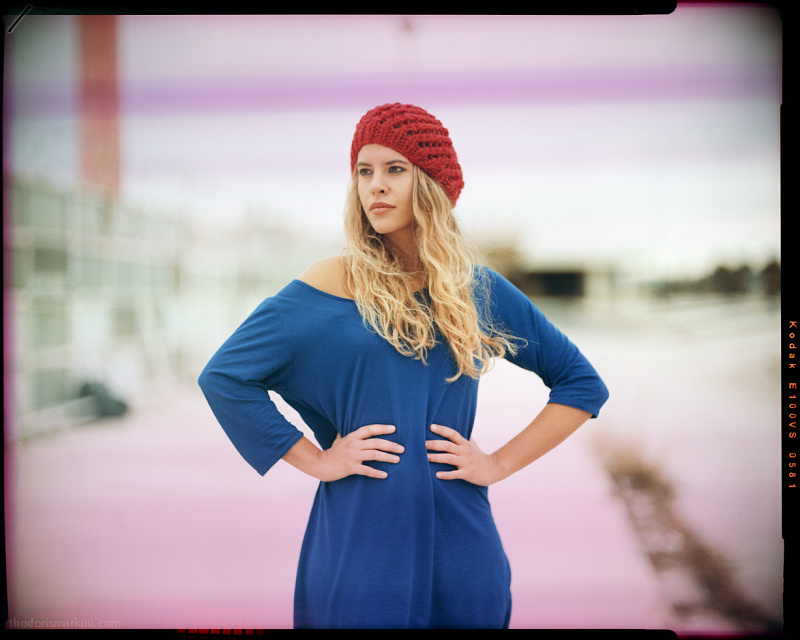
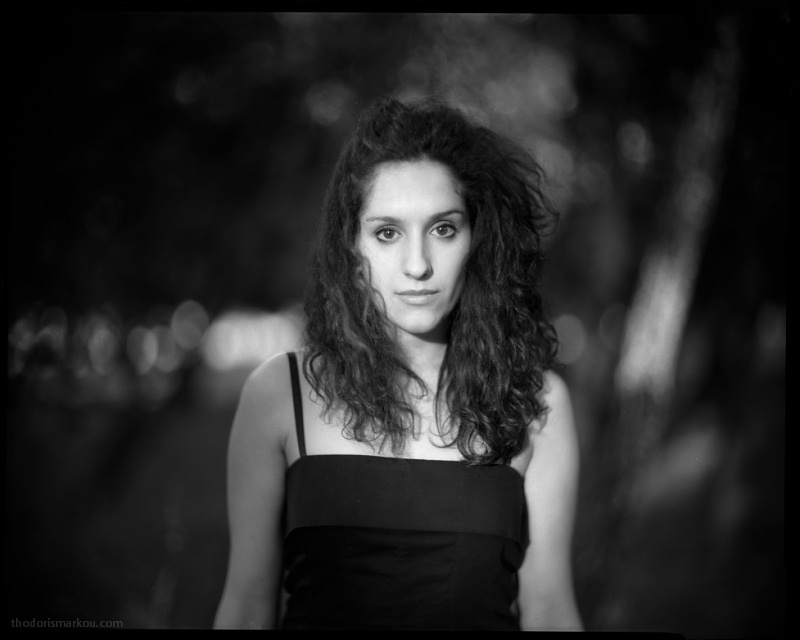
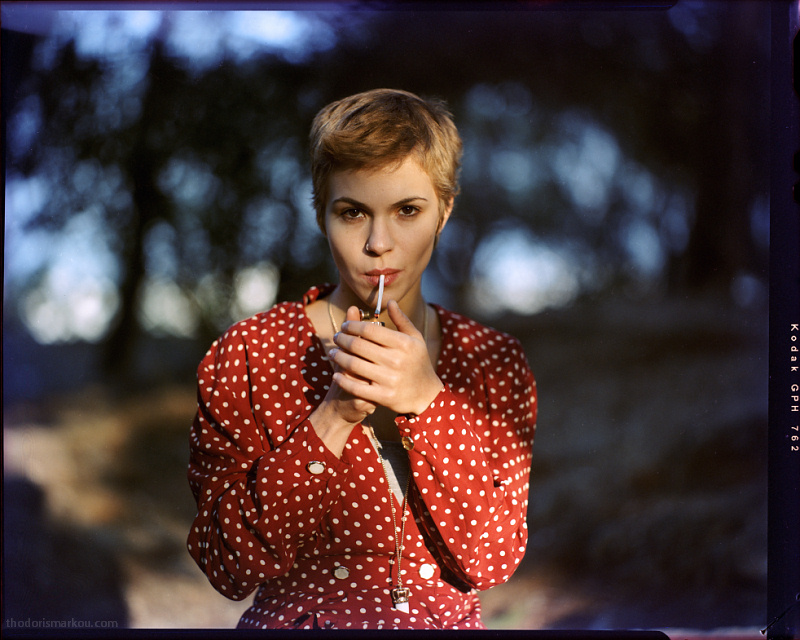
one hour of sunlight
...a quick large format photoshoot from last november.
this entry should have been posted six weeks ago, since most of the films were developed straight after the photoshoot, but I had shot some large format colour frames and I wanted to be able to see the "big picture" before I posted anything. finally, after waiting one month for the colour chemicals to arrive and postponing the development process due to lack of available time, I developed the colour 4x5 frames on the first day of 2012 - best way to start the new year, really. the result was a bit mixed, since these frames were long expired and some of them were slides that I chose to cross-process. moreover, all the frames spent the last months in room temperature, since it did not occur to me to return them to the fridge after loading them in the holders. turns out that some months in room temperature may indeed damage a 10-year-old film that's been kept frozen for most of its life - so, a note to self: always load the film holders on the day before the shoot and always unload them after the shoot.
the b/w frames were fresh fomapan 100 film, no trouble there, and the medium format ektachrome 64t slide film which, although expired, was developed a couple of days after the shoot so it kept its character as much as possible (it went through a cross-process, too). another note to self: stop using cross-processing and stop buying up any weird film that comes along.
so, what about the actual photoshoot? well, let's see... it was a sunny day during november and nicky was into the mood for photos, so we met near panathinaiko stadium and and walked in the woods above it. we only had one hour until sunset so we settled for some simple portraits, using the speed graphic and a leitz diaron 250mm/f4 projection lens. first, a kickstart b/w shot...
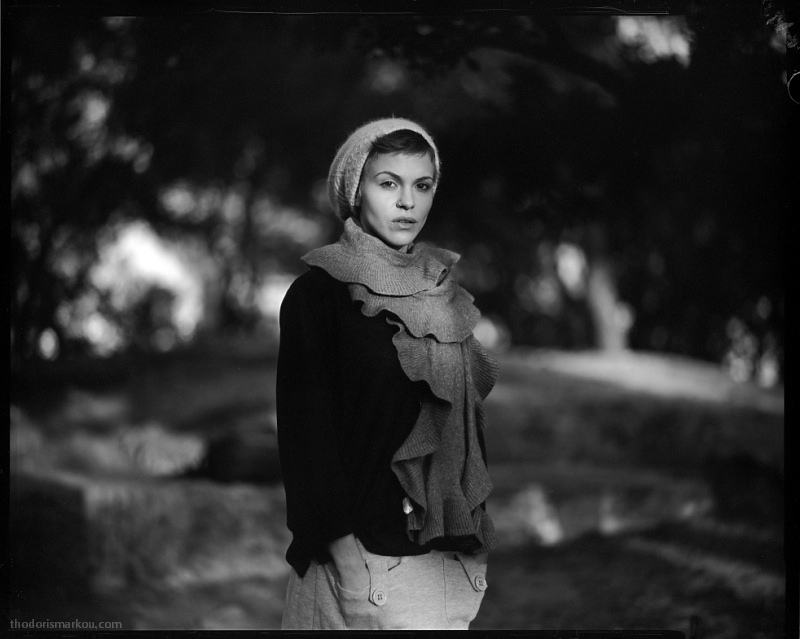
...next comes the cross-processed ektachrome 6122, a very old slide film...

...I'm guessing that the oversaturated yellow and red channels are a result of the cross-process, but since this is an 15-year-old film, I can't really be sure...
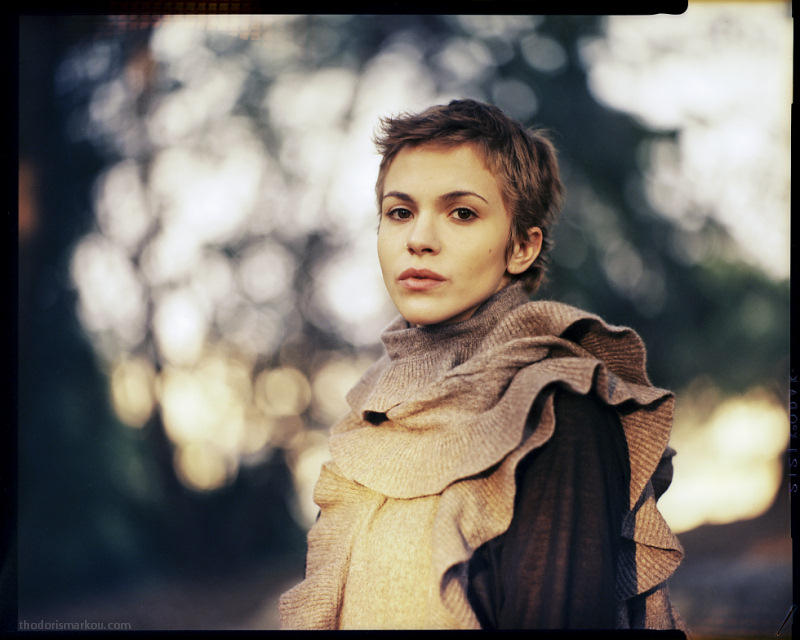
...back to black & white, and the trusty fomapan 100...
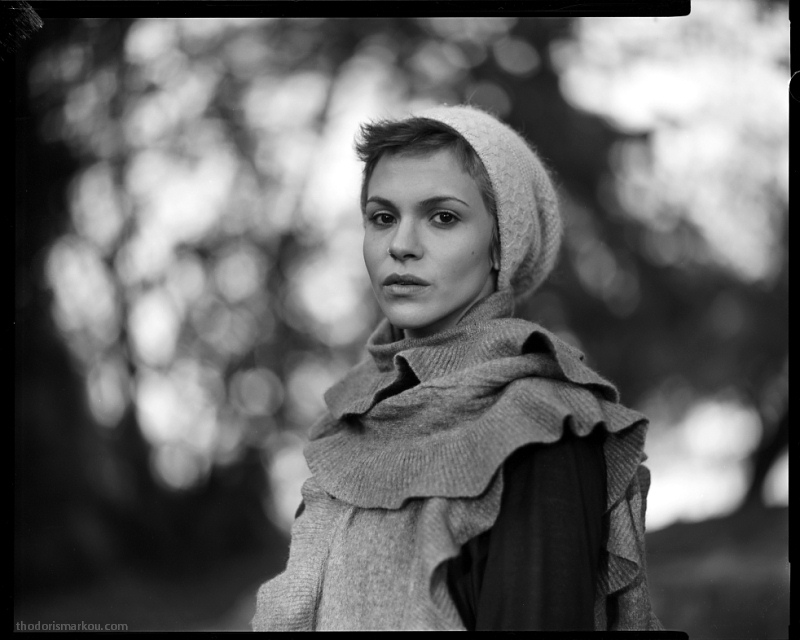
...and seeing that such close-up portraits were a bit "stiff", a change of clothes and style, and a little bit of colour - this time it's kodak ektacolor gold 100, also a 10-year-old negative film, but since it was processed normally, the colours are mostly fine...
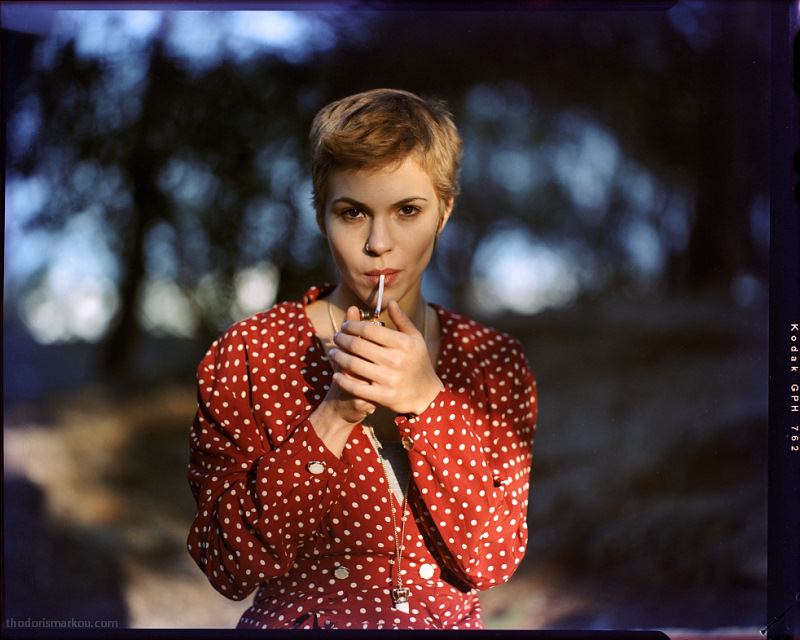
...no more colour film in large format, so back to fomapan...
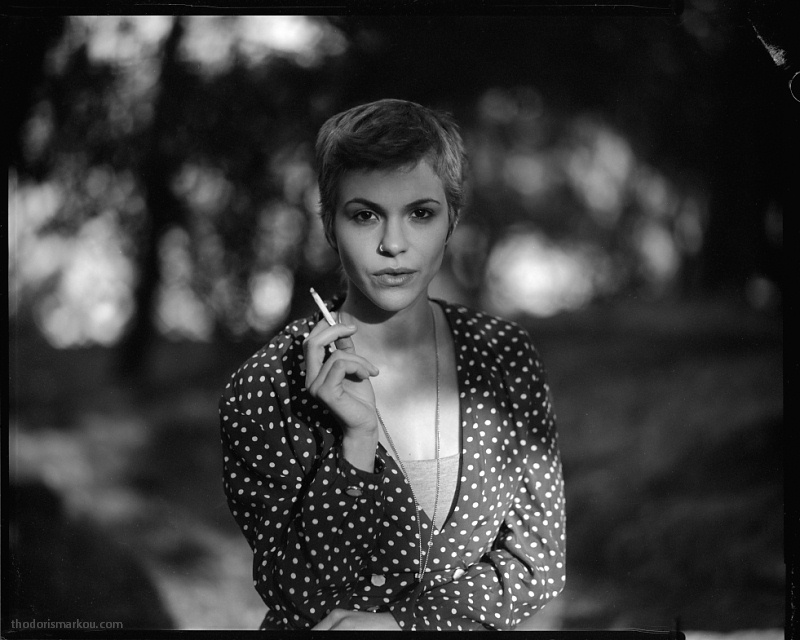
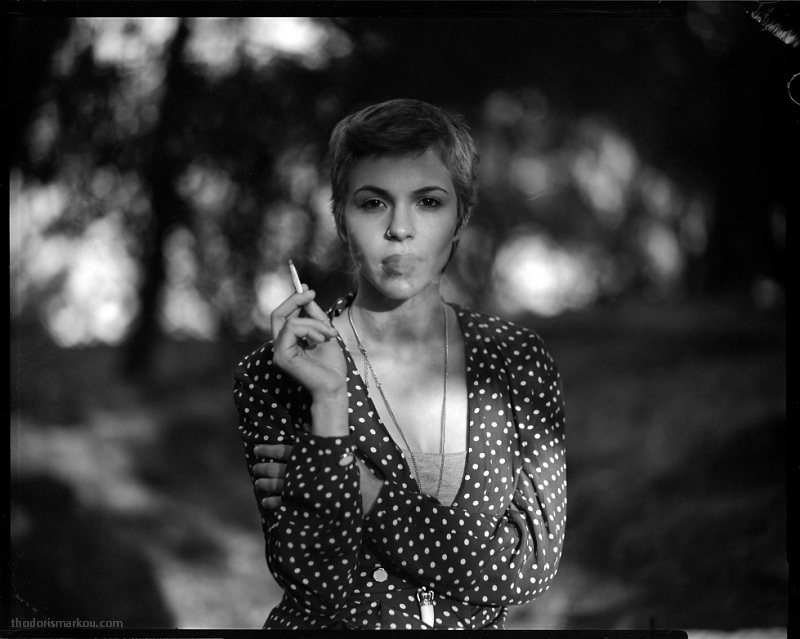
...and then we're totally out of large format film but we still got a bit of sunlight left, so why not try some experimental stuff? load the 6x7 back with some medium format ektachrome 64 tungsten film, bring out the leitz hektor 150mm/f2.5, a change of clothes again (in order to remove the striking red colour from the set) and let's try double exposures...
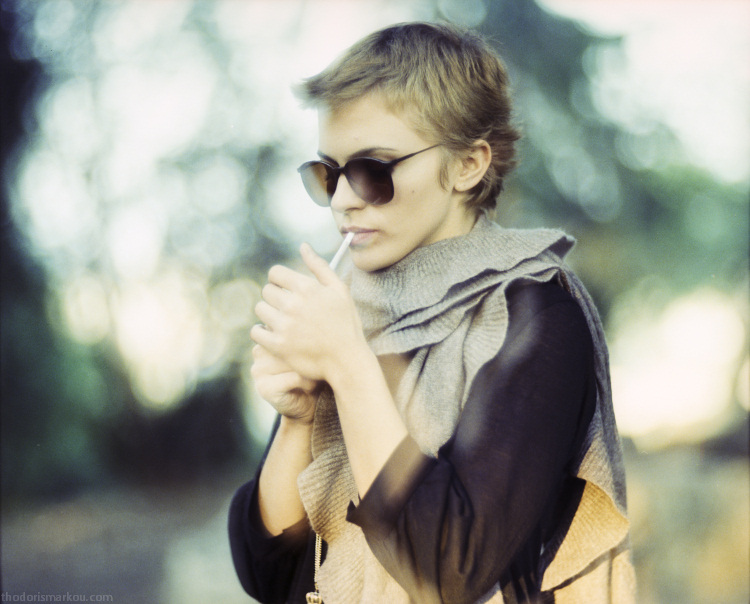
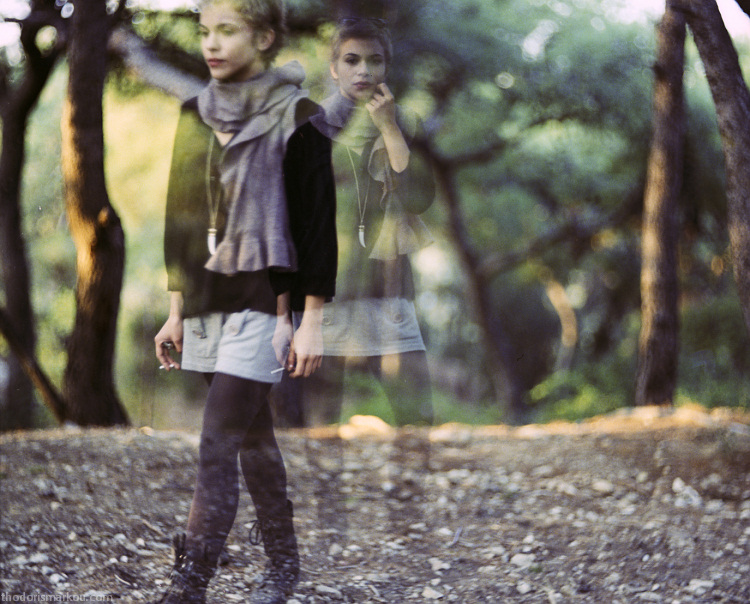
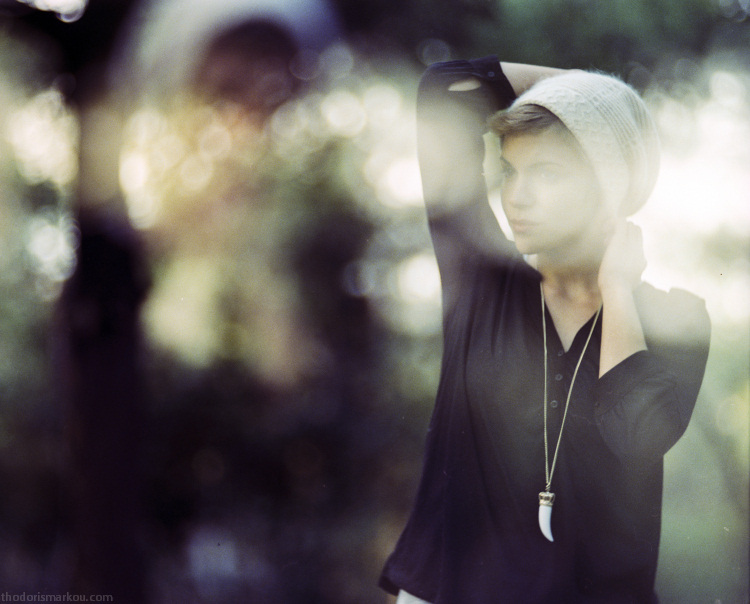
...and that's it. one hour of sunlight shining through the woods, enough time to shoot 12 frames of large format film plus 10 frames with the 6x7 roll film back and be a bit disappointed with the result - you just can't rush these things.
the new year will see me moving back to medium format for a bit - its portability and speed are quite welcome during the winter - large format works better when your hands and your model are not freezing.



